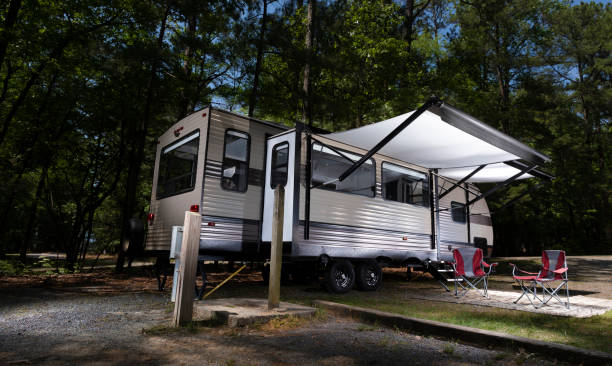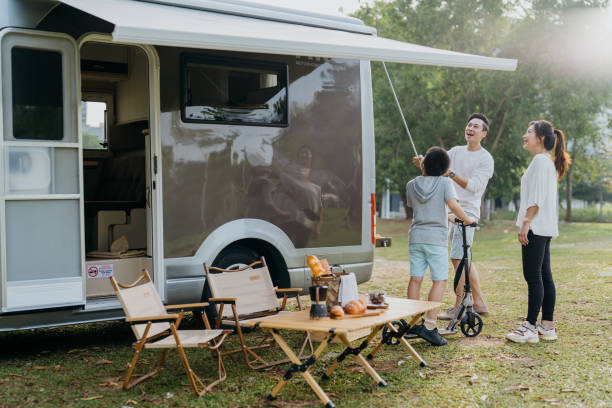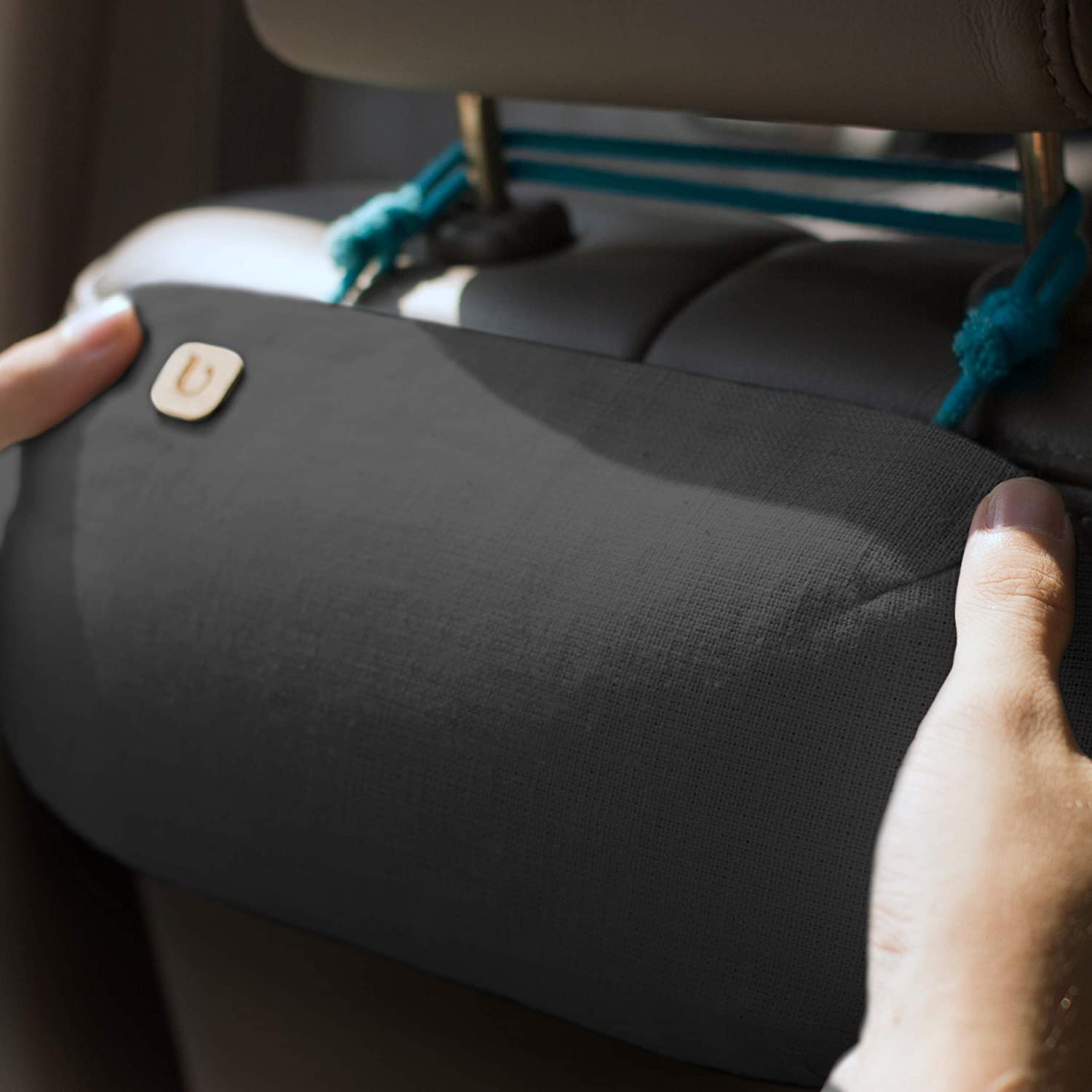Winter weather woes: How to handle challenging driving conditions
Snowstorm safety tips
Winter weather can create hazardous driving conditions, especially during snowstorms. It is important to take proper precautions and be prepared when driving in snowy and icy conditions. Here are some snowstorm safety tips to help you stay safe on the road:
1. Stay informed
Before heading out, check weather forecasts and road conditions to stay informed about potential snowstorms or icy conditions. This information will enable you to plan your journey accordingly and avoid unnecessary risks.
2. Allow extra time
When driving in snowstorms, it is crucial to give yourself extra time to reach your destination. Snowy roads can slow down traffic, and it may take longer than usual to get to your destination. Leaving early will also reduce the stress of rushing on slick roads.
3. Clear snow from your vehicle
Make sure to remove all snow and ice from your vehicle before hitting the road. Snow on the roof or hood can slide and obstruct your view or blind other drivers. Clearing your car of snow will improve visibility and prevent any hazards caused by flying snow or ice.
4. Increase following distance
It is essential to maintain a safe distance between your vehicle and the one ahead of you. When driving on snowy or icy roads, it takes longer to stop, so leaving extra space will provide more time to react and avoid collisions.
5. Reduce your speed
Slowing down is crucial when driving in snowy conditions. Reduce your speed and drive at a safe, controlled pace. This will give you more control over your vehicle and allow you to respond to any obstacles or sudden changes in road conditions.
6. Use caution when braking and accelerating
Avoid abrupt braking or accelerating when driving in the snow. Apply gentle pressure to the brakes and gas pedal to maintain control and prevent skidding. If your vehicle has antilock brakes (ABS), remember to apply firm and continuous pressure on the brake pedal.
7. Beware of black ice
Black ice, a thin coating of transparent ice on the road, is particularly dangerous because it is difficult to see. Be cautious when approaching shaded areas, bridges, or overpasses, as these are common locations where black ice forms. Reduce your speed and keep a firm grip on the steering wheel.
Winter driving hazards
Winter driving comes with its own set of hazards. Understanding these challenges will help you navigate the roads safely and minimize the risk of accidents. Here are some common winter driving hazards:
1. Snow and ice
Driving on snowy or icy roads can significantly reduce traction and increase the risk of skidding or sliding. Snow can also accumulate, obstructing road markings and creating challenges in determining lane boundaries. It is important to adapt your driving style to these conditions by reducing speed and increasing following distance.
2. Reduced visibility
Snowstorms often result in reduced visibility, making it difficult to see the road ahead and other vehicles. The combination of falling snow and blowing winds can create a whiteout effect, where the surroundings appear completely white. In such conditions, it is advisable to pull over to a safe location and wait for the weather to improve.
3. Freezing rain
Freezing rain occurs when raindrops freeze upon contact with cold surfaces, including the road. This can create a thin layer of ice, making the road surfaces extremely slippery. It is essential to exercise caution when driving in freezing rain and consider delaying or rescheduling your trip if conditions become dangerous.
4. Poor road conditions
Winter weather can cause road surfaces to become uneven, potholed, or covered in slush. These poor road conditions can make it challenging to maintain control of your vehicle, especially at higher speeds. Adjust your driving and be prepared for sudden changes in road conditions.
5. Reduced tire traction
Cold temperatures can cause tire pressure to decrease, resulting in reduced traction. Additionally, worn-out or improper tires can significantly impact your ability to maneuver safely on snowy or icy roads. Regularly check your tire pressure and consider using winter tires for enhanced grip.
6. Increased chance of breakdowns
Cold weather can put extra strain on your vehicle's battery, engine, and various components. It is essential to ensure your vehicle is properly maintained and prepared for winter conditions. Regularly check the battery, oil, coolant levels, and have your vehicle serviced before the winter season.
Prepare your car for winter
Preparing your car for winter can go a long way in ensuring your safety and avoiding breakdowns or accidents. Here are some essential steps to prepare your car for winter:
1. Check the battery
Cold weather can reduce the battery's capacity, making it harder to start the engine. Have your battery tested to ensure it is in good condition and replace it if necessary. Also, clean any corrosion from the battery terminals to maintain a strong connection.
2. Inspect the tires
Check the tire tread depth and condition. Worn-out tires are particularly dangerous on wet or icy roads. Consider replacing them with winter tires, which provide better traction and grip in snowy conditions. Additionally, check the tire pressure regularly, as it can drop in cold weather.
3. Test the heating system
Ensure that the heating system and defrosters are functioning correctly. Proper heating is essential for staying comfortable during cold drives and preventing the windshield from fogging up, which can impair visibility.
4. Replace wiper blades and refill wiper fluid
Old or brittle wiper blades may not effectively clear snow, ice, or slush from the windshield. Check the condition of your wiper blades and replace them if necessary. Also, refill the wiper fluid reservoir with a winter-grade solution to prevent freezing.
5. Keep the fuel tank full
During winter, it is advisable to keep your fuel tank at least half full. This can prevent the fuel line from freezing and ensure you have enough fuel in case of an emergency or unexpected delays.
6. Pack emergency supplies
Always keep an emergency kit in your car that includes items such as a shovel, ice scraper, jumper cables, flashlight, blankets, extra clothing, non-perishable food, water, and a fully charged cell phone. These supplies can be crucial in case you get stranded or encounter a winter emergency.
7. Consider winterizing your car
If you live in an area with harsh winter conditions, you may want to consider winterizing your car. This can involve adding antifreeze to the coolant, using thinner oil to improve engine lubrication in cold temperatures, and applying a protective coating to the vehicle's undercarriage to prevent rust caused by salt and ice-melting chemicals.
Black ice awareness
Black ice is a thin, transparent layer of ice that forms on the road and is often difficult to detect. It is called black ice because it blends in with the surface, making it almost invisible to drivers. Here are some tips for staying safe when encountering black ice:
1. Understand black ice conditions
Black ice typically forms when the temperature is near freezing or when there is freezing rain or drizzle. It is commonly found on bridges, overpasses, shaded areas, and areas with poor drainage. Stay alert and be extra cautious when driving in these conditions.
2. Watch for signs of black ice
Look out for any glossy, dark, or wet patches on the road. These can be signs of black ice. Be particularly careful on roads that appear dry, as black ice may be present even if it is not visible.
3. Reduce your speed
Slow down when driving in areas prone to black ice. Decreasing your speed will allow you to maintain better control of your vehicle and react promptly if you encounter slippery conditions.
4. Avoid sudden maneuvers
Avoid any abrupt or sudden movements, such as braking or accelerating sharply, as this can cause your vehicle to skid or lose control. Make smooth and gradual adjustments to your speed and direction.
5. Maintain a safe following distance
Leave ample space between your vehicle and the one ahead of you. Keep in mind that it takes longer to stop on icy roads, so maintaining a safe following distance will provide you with more time to react and avoid collisions.
6. Stay calm if you start to skid
If your vehicle starts to skid on black ice, remain calm and avoid any sudden or jerky movements. Take your foot off the gas pedal and steer gently in the direction you want to go. Avoid braking until your tires regain traction.
By following these safety tips and being prepared for winter driving, you can handle challenging driving conditions with confidence. Remember, it is better to be cautious and take your time than to risk your safety on slippery roads. Stay safe and enjoy the winter season!





